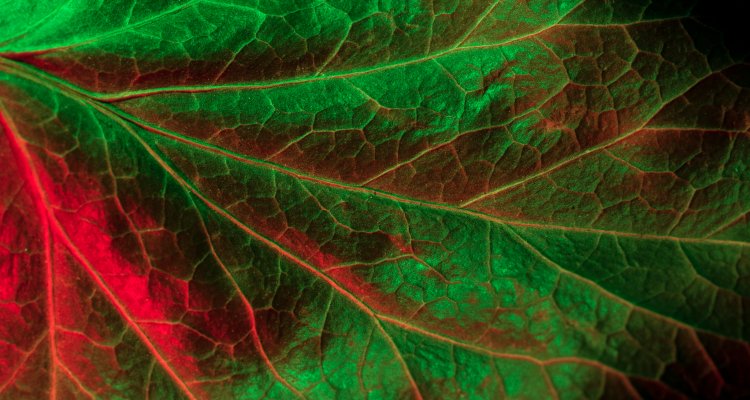
Project
Connecting leaf nitrogen, optical properties, and photosynthesis for cereals and legumes
The relationships between leaf nitrogen content, optical properties, and photosynthesis are crucial aspects to understand biophysical and physiological processes in leaves. Leaves absorb, reflect, and transmit sunlight at different wavelengths across the spectrum. Leaf optical properties are determined by antenna pigments, such as chlorophyll, that take up a significant fraction of leaf nitrogen. Leaf nitrogen also affects the amount of photosynthetic enzymes.
Project description
The connection between leaf nitrogen and photosynthesis is complex. Both electron transport and Rubisco activity are correlated with leaf nitrogen content, meaning that light and dark photosynthetic reactions are affected by leaf nitrogen. Also, low leaf nitrogen leads to lower chlorophyll content and thus lower light absorption, which also limits photosynthesis.
This project aims to quantify the relationships between photosynthesis, leaf nitrogen (content and distribution between different pools, including chlorophyll), and optical properties (absorption).
Objectives and methods
In this project you will perform leaf measurements in oats and faba plants grown in a greenhouse, under different levels of nitrogen, to explore the link between leaf photosynthesis, optical properties, and nitrogen content. Different types of measurements will be carried out, including gas exchange measurements, chlorophyll fluorescence, leaf chlorophyll content, morphological leaf traits (dimensions, shape, dry weight), and optical measurements. Data will be analyzed.
Expectations
This project will include greenhouse work and
- Monitoring plant growth and development and non-destructive measurements across the lifecycle
- Harvest at different times
- Analyze data
Required skills
Basic data management and statistics.
Period
March - August 2025 or 2026
Location
WUR campus